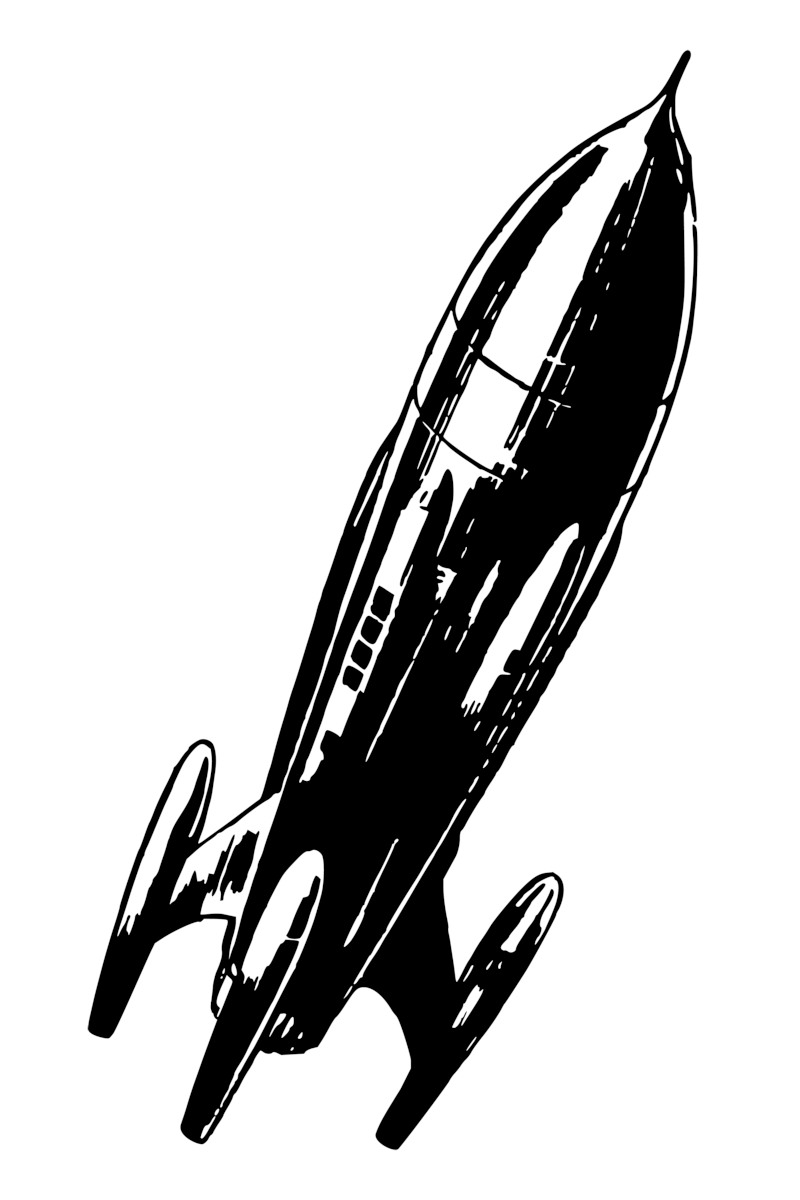Searching for artistic inspiration? Here you will find a selection of things to draw, or paint. We have included artworks at different levels of competence, from easy ideas, up to more complex designs.
Introduction to Ideas for Things to Draw
Most amateur artists like to sketch all manner of different items and enjoy the unique challenges that each topic brings. In some cases new ideas can help to keep inspiration fresh, and avoid becoming bored by drawings the same things, time and time again. Whilst repetition is important in mastering a particular subject, it is a good idea to bring some variety into your work, particularly in the early stages when you are discovering and evolving your skills.
We have focused on some obvious choices for things to draw, but also included some surprises that you might not have thought of. Feel free to browse the list below at your leisure, and there is also discussion at the end of the article on a number of topics related to finding inspiration and deciding on what to draw. This should help beginners and more experienced artists alike, and the images have been provided courtesy of RawPixel who host a library of public domain images, among other things.
List of Things to Paint or Draw
Find below a list of twenty things to draw, with most containing links to different, alternative sketches and paintings of the same topic. This should provide you with more than enough ideas on what to draw or paint, and the ideas range from animals, fish and insects to mandmade objects and themes from nature. As you move through the list, you can hone your talents and become a truly well-rounded artist, rather than restricting yourself to just one or two subjects instead.
Each artwork, supplied by RawPixel, is also accompanied by a short description about it, as well as some information on the original artist, if that exists. We hope that this selection of art gives you plenty of ideas on different things to draw, and potentially help you to open up your artistic oeuvre into new avenues of creative expression and just generally build your interest and motivation.
Things to Draw - Butterflies
Butterflies are very popular choices for things to draw, and if you haven't tried sketching them before, then it is certainly something worth considering. You can choose from a wide selection of color tones, across different species, and also experiment with different wing patterns. Beginners can also work in simple lines and outlines, without having to worry too much about precise details. There are also moths and related insects to consider, and different styles include abstract forms as well as the precise scientific illustrations.
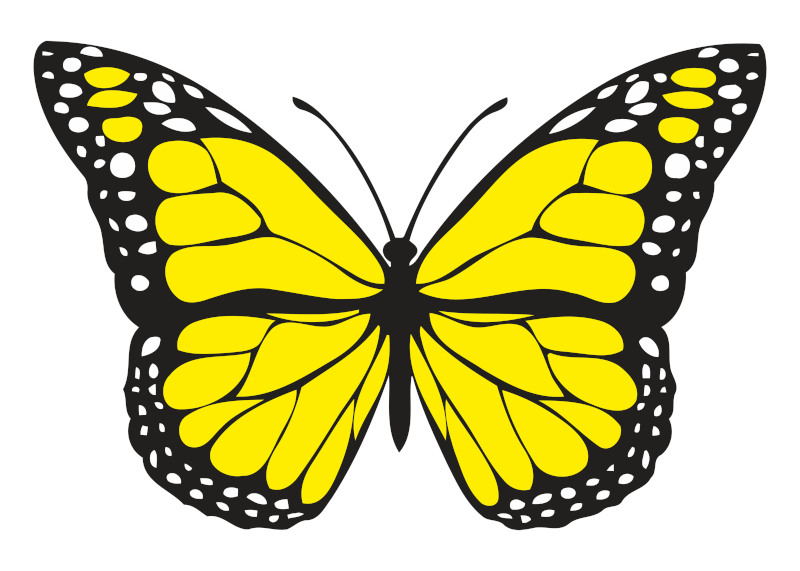 Things to Draw - Butterflies (public domain image as provided by Rawpixel)
Things to Draw - Butterflies (public domain image as provided by Rawpixel)
Fish Drawings Ideas
Another option from nature to consider are fish, with many artists already drawing and painting these interesting creatures. There is plenty of detail to cover, from their scales to eyes, as well as unique elements for each fish. Some will capture them within their natural setting, whilst others will work from the way that we find them laid out in a fishmongers, which is the best way to study them in detail, but lacks the energy which would have been displayed during their lifetime. Beyond fish, you can also consider other water-based creatures such as dolphins and whales, as well as smaller beach and rockpool dwellers.
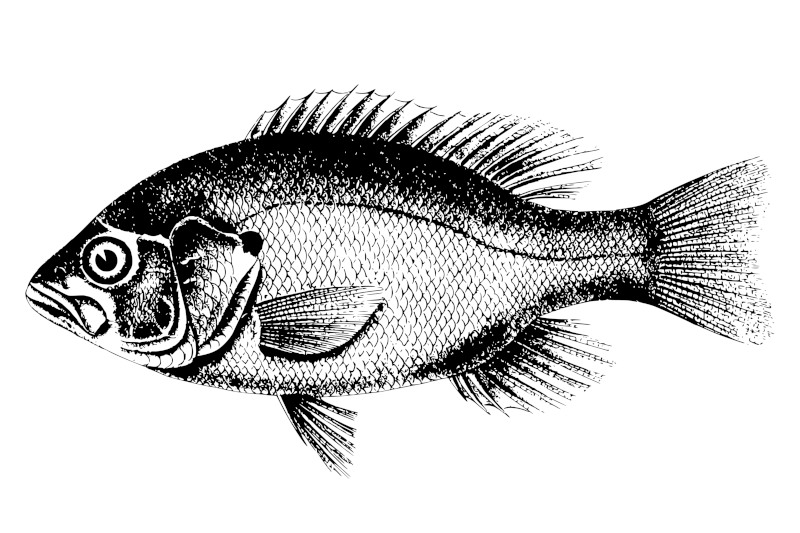 Fish Drawings Ideas (public domain image as provided by Rawpixel)
Fish Drawings Ideas (public domain image as provided by Rawpixel)
Different Birds to Draw or Paint
Bird drawings could also be considered for your work, with many different species bringing symbolism and aesthetic qualities into your work. The item below is of a dove, using just a few lines of pen and this can be considered one of the more minimalist interpretations. Others prefer highly detailed works, with multiple colours and shading which helps us to learn more about the specific bird. Some artists would work alongside experts in order to make their work as accurate as possible, whilst others preferred to focus more on using their artistic license.
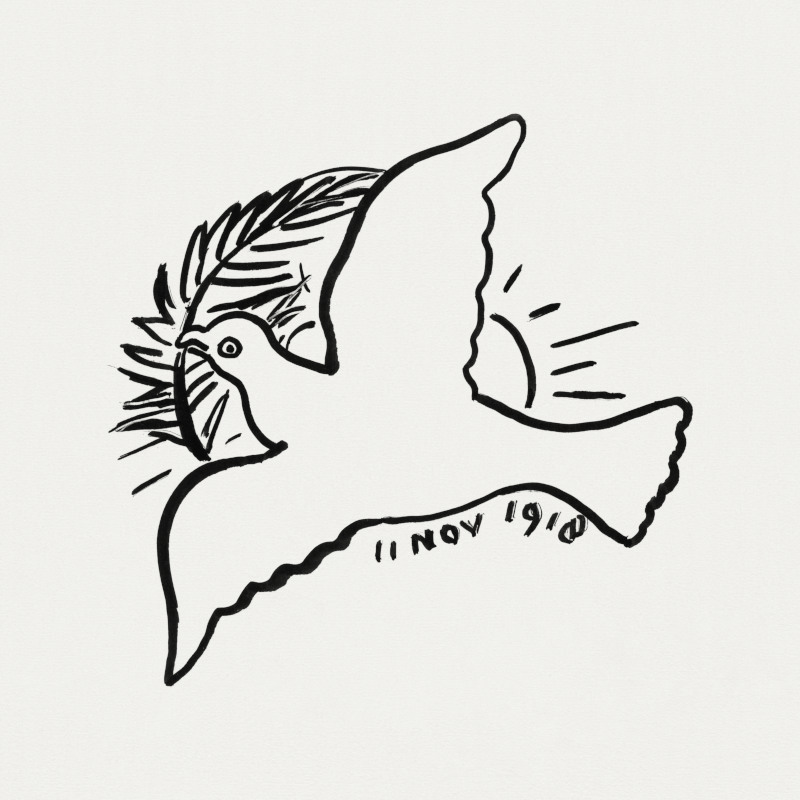 Different Birds to Draw or Paint (public domain image as provided by Rawpixel)
Different Birds to Draw or Paint (public domain image as provided by Rawpixel)
Flowers for Drawing or Painting
Delicate flowers can make excellent subjects for art, and are versatile enough to be suitable for watercolors, oils or standard pencil drawings. They can be used in still life, pre-arranged formats, or artists can head outside and produce works from more natural settings. In previous centuries, many flowers would be used in illustrated reference books, but later artists would focus on creativity and the beauty of these flowers, sometimes also working in a more abstract manner.
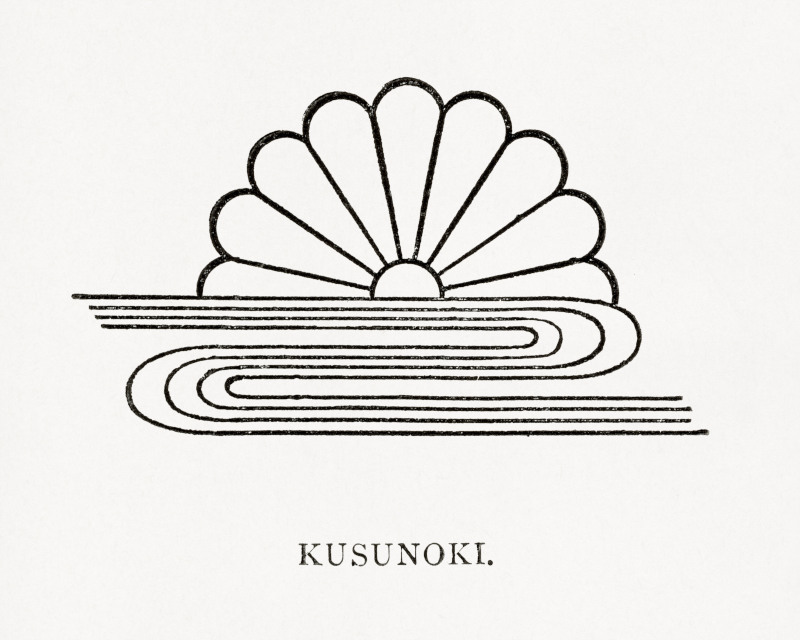 Flowers for Drawing or Painting (public domain image as provided by Rawpixel)
Flowers for Drawing or Painting (public domain image as provided by Rawpixel)
Drawing Trees as Artistic Inspiration
You might also like to cover tree art in your work, and these can be handled in different ways, from bright, abundant trees, to decaying, darkened trees with a more negative atmosphere. They also hold symbolic values and can be tackled from different angles, some of which will underline their height and strength. Different cultures have also varied in the way they draw and paint trees, meaning research could help you to come up with some innovative ideas for how to cover them.
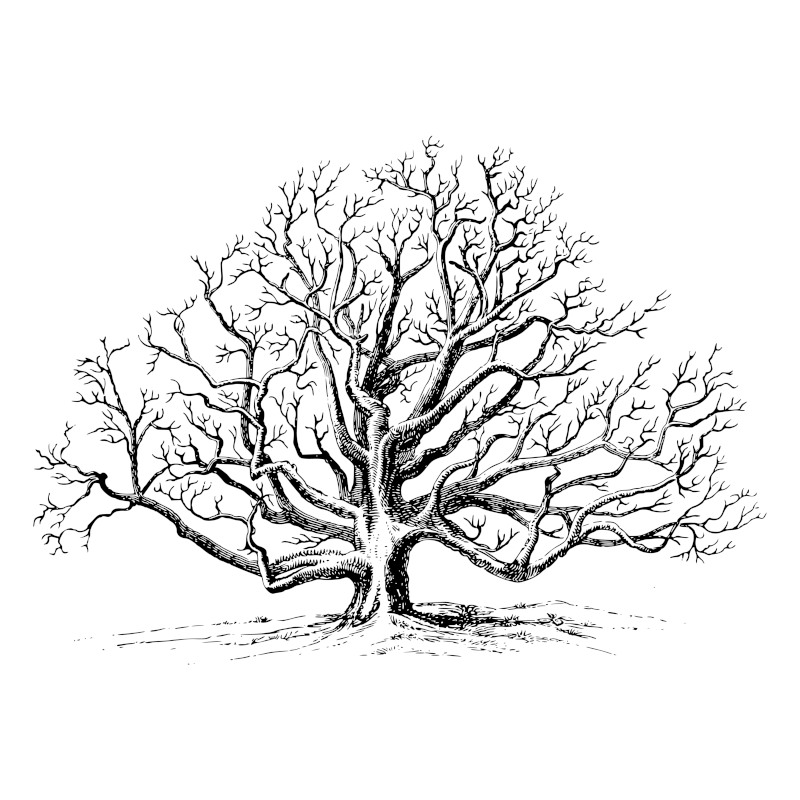 Drawing Trees as Artistic Inspiration (public domain image as provided by Rawpixel)
Drawing Trees as Artistic Inspiration (public domain image as provided by Rawpixel)
Drawing Objects with Lines Only
Not so much a thing to draw, but more a way to draw is to use simple lines and reduce elements down to a more minimalist look. The item below displays this in action, with a double portrait created from one continuous line, though this approach requires careful planning and is not as easy as you might initially think. Some line artists have achieved considerable success by working in this manner, and contemporary art followers seem particularly attached to this approach, seeing it as the ultimate display of creativity and design.
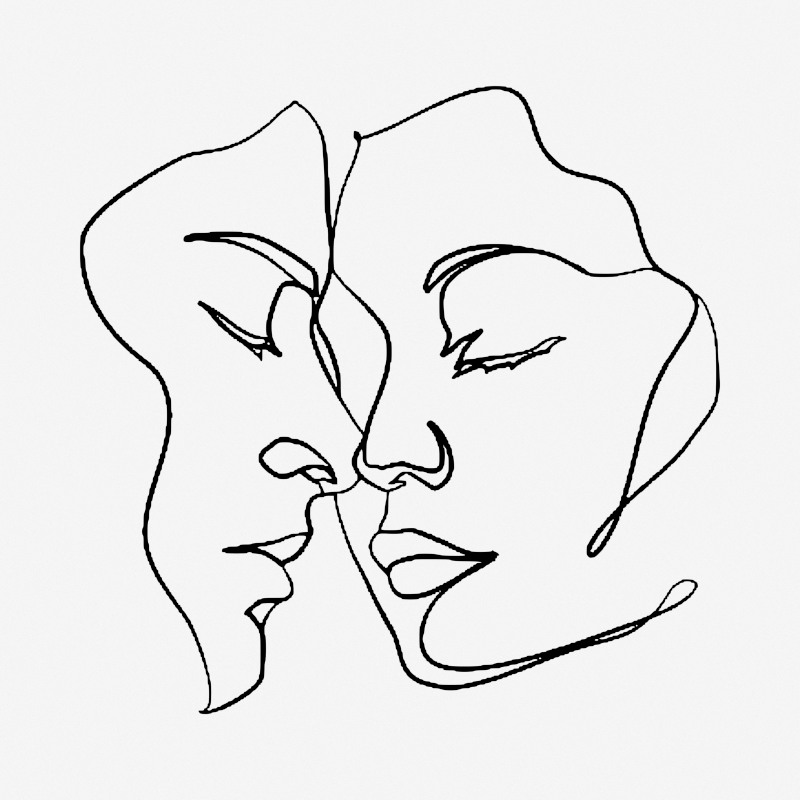 Drawing Objects with Lines Only (public domain image as provided by Rawpixel)
Drawing Objects with Lines Only (public domain image as provided by Rawpixel)
Animals and their Infinite Variations
Animals more generally offer plenty of ideas for your creative mind, including the hare displayed below. There are so many species to pick from, that even those who have already captured animals in their work will still be able to find new opportunities by researching reference books and historical animal art. You can also find that when you become particularly fond of a particular group, you can then simply drill down into other types of the same category, eventually becoming something of an expert over time.
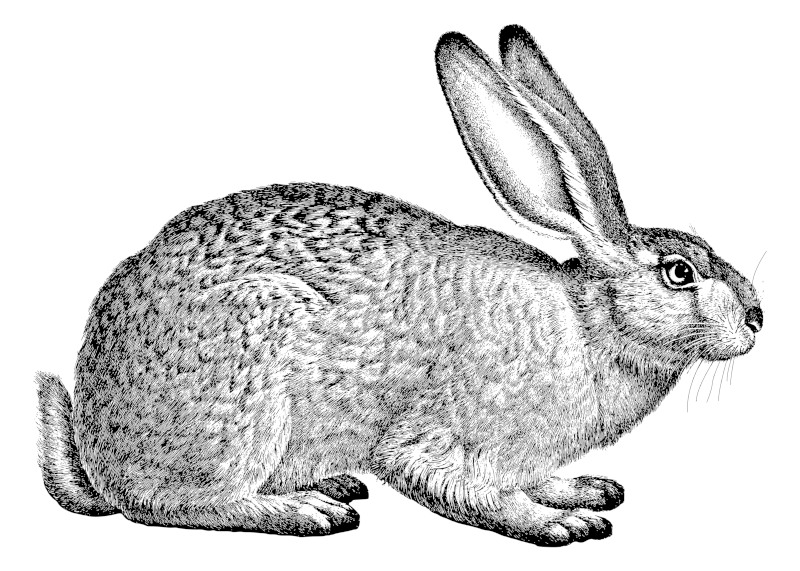 Animals and their Infinite Variations (public domain image as provided by Rawpixel)
Animals and their Infinite Variations (public domain image as provided by Rawpixel)
Beautiful Roses as Sketching Ideas
The item below shows one of the most popular flowers to draw - namely, the Rose. One can just focus on the flower head, or include more of the whole flower, perhaps even the bush. We can work from garden settings, capturing them alongside other plants, or simply arrange a still life setup that can be tailored entirely to our needs. Roses have romantic symbolism, but also offer an interesting contrast between the sharp thorns on the stalks to the light, brightly colored petals of the main head. Roses have been popular with the public for centuries are were a valuable commodity in some cultures before they started to be grown in large numbers, just as they are today.
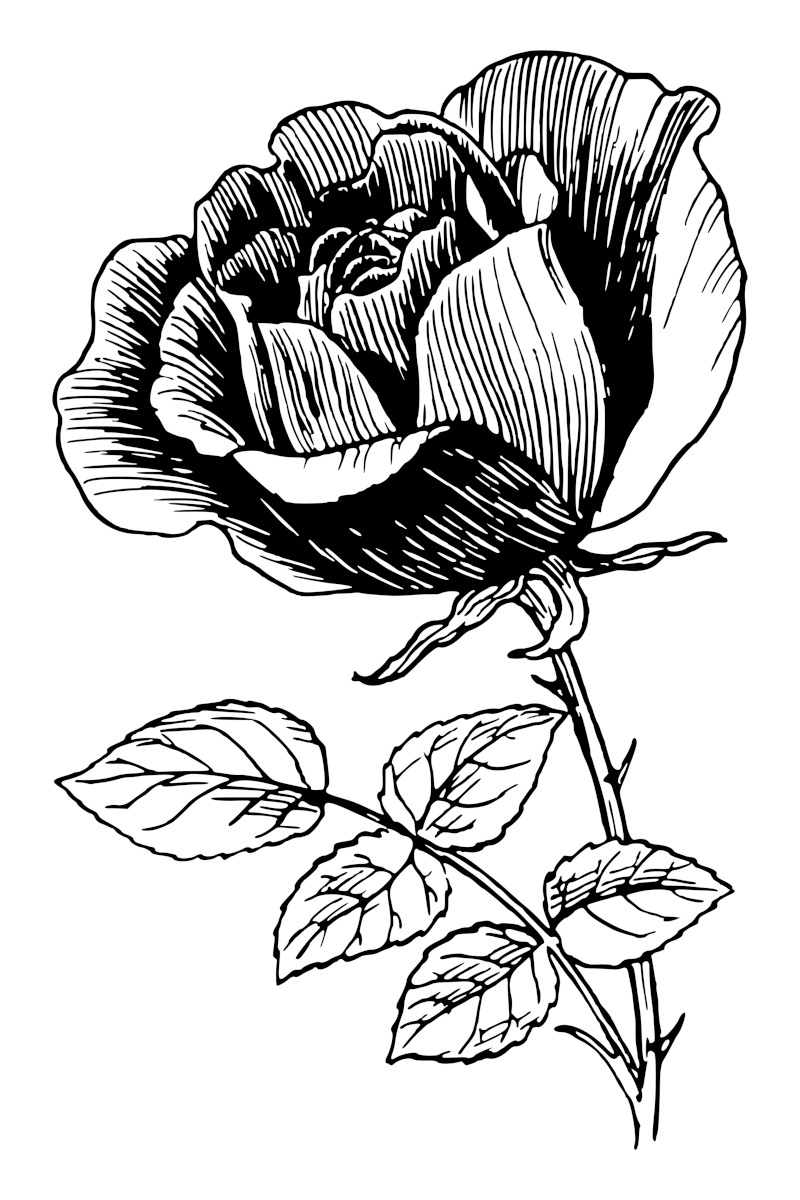 Beautiful Roses as Sketching Ideas (public domain image as provided by Rawpixel)
Beautiful Roses as Sketching Ideas (public domain image as provided by Rawpixel)
Inspiration from Architecture - House Drawings
Vintage houses, such as the one below, are highly charming artworks and you might consider drawing houses, or perhaps some other form of architecture. There is much to enjoy here, where as most manmade items demand entirely straight lines and sometimes lack the charming qualities of more natural and organic items. Children will often sketch their own homes, and reduce detail down to a door and a few windows and might even include some of their family members alongside themselves in a fun exercise which can also reveal a little about how they view their own lives.
 Inspiration from Architecture - House Drawings (public domain image as provided by Rawpixel)
Inspiration from Architecture - House Drawings (public domain image as provided by Rawpixel)
Drawing the Human Figure, Challenges and Artistic Rewards
Figure drawings are amongst the hardest to master, but offer something to draw which could occupy you for many years. The complex anatomy of the human body can be posed and contorted into many different positions, giving a whole multitude of different options for your work. One can also experiment with different models, ranging in gender, age and shape, as well as alternative mediums, running from pencil and charcoal to oils and watercolors. The image below shows what is possible when working purely with lines, and how they can create a figure with minimal detail.
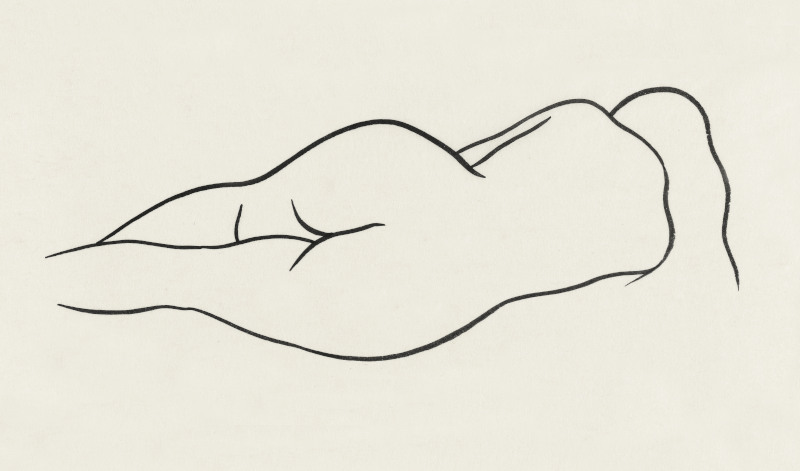 Drawing the Human Figure, Challenges and Artistic Rewards (public domain image as provided by Rawpixel)
Drawing the Human Figure, Challenges and Artistic Rewards (public domain image as provided by Rawpixel)
Strength and Grace, from Lion Drawings
Those trying to think of something to draw could try a lion - this can be a realistic work, or instead something more akin to a cartoon. The example below goes more for the former, with an impressive level of shading that delivers the contours of the lion's skin, as well as its bushy mane and long tail. This is a vintage work, during a period in which accuracy and precision were more important than creative freedom which was to later change during the 20th century.
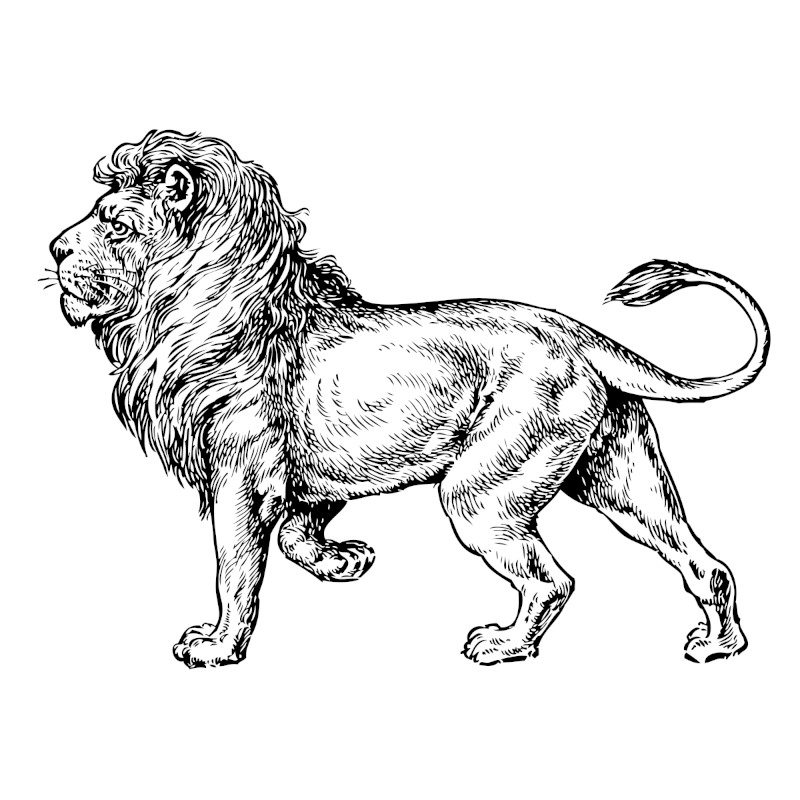 Strength and Grace, from Lion Drawings (public domain image as provided by Rawpixel)
Strength and Grace, from Lion Drawings (public domain image as provided by Rawpixel)
Charming Cows can Inspire Drawing Artists
Children, starting off as artists, often find cows to be charming choices for their work. A simple sketch can be completed in minutes which will focus on the outline of these calm creatures, and cows also play an important role in the food industry, which can help to educate children about where our food comes from. One might sketch just its face, or go for the whole anatomy as seen below. Equally, some like to add cows to landscape scenes, often achieved with a simple square dab of which paint, such is our familiarity with cows within this type of environment.
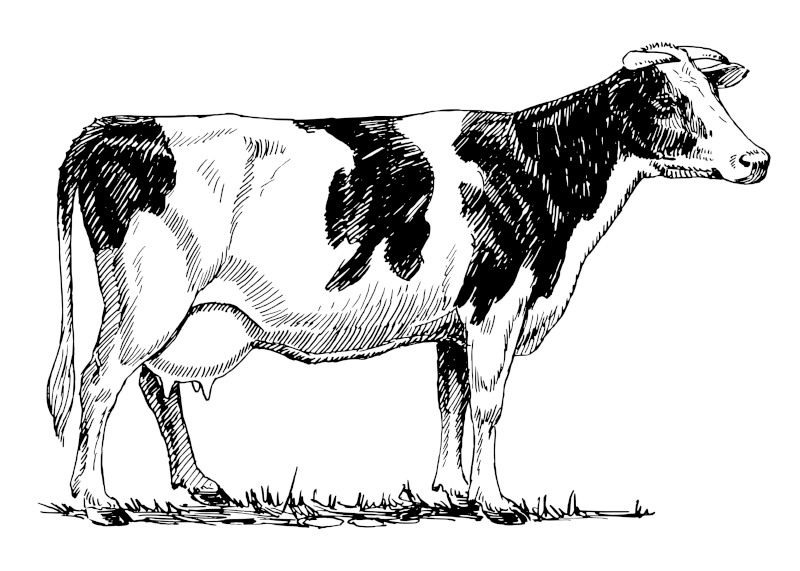 Charming Cows can Inspire Drawing Artists (public domain image as provided by Rawpixel)
Charming Cows can Inspire Drawing Artists (public domain image as provided by Rawpixel)
Frog Drawings for Something a Little Different
Another possible idea for something to draw is a frog, and increasingly they are appearing in children's books as fun illustrations. They can be covered accurately, as with the impressive vintage drawing shown below, or alternatively they can be re-imagined with human-like features for more accessible appearances. They will appear in books and on television, even in video games dating back to the earliest years of gaming. More exotic frogs can also come in some brilliant color tones that will appeal to some artists who want to move away from the standard tones of green that are usually used for this subject.
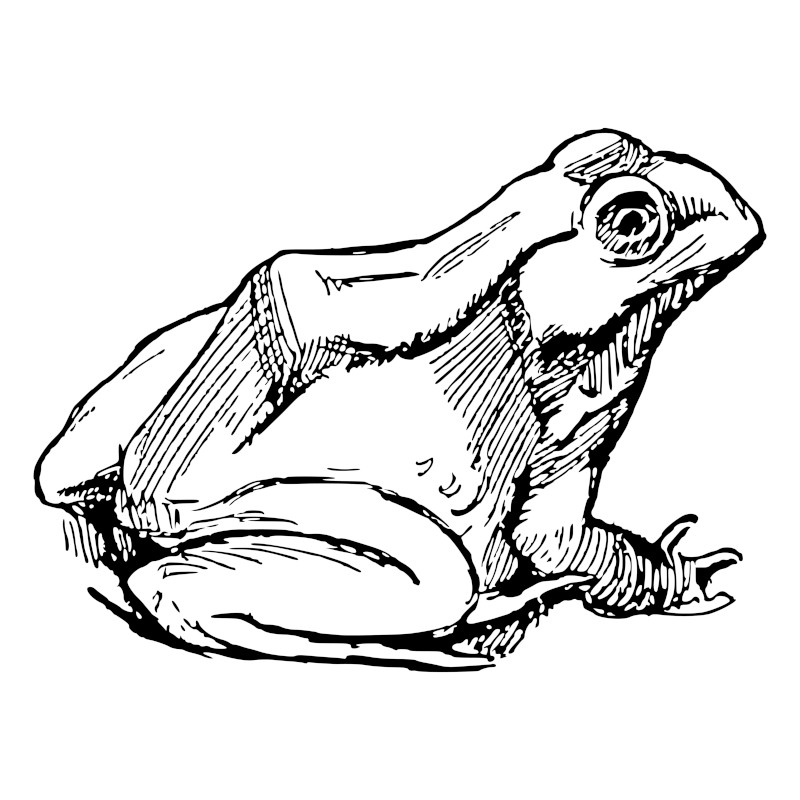 Frog Drawings for Something a Little Different (public domain image as provided by Rawpixel)
Frog Drawings for Something a Little Different (public domain image as provided by Rawpixel)
Drawing Dinosaurs and Embracing Ancient Times
Another idea derived from children's books are dinosaurs, which continue to be highly popular with young children and are also often re-invented as lovable creatures in a similar way to animals such as tigers and lions. This makes them suitable for children, when the reality would have been entirely different. Beginner artists might want to keep things simple and go for an easy line drawing, focusing mainly on the outline of the dinosaur, whilst more accomplished sketchers could apply multiple colors, shading and capture a more realistic look to it.
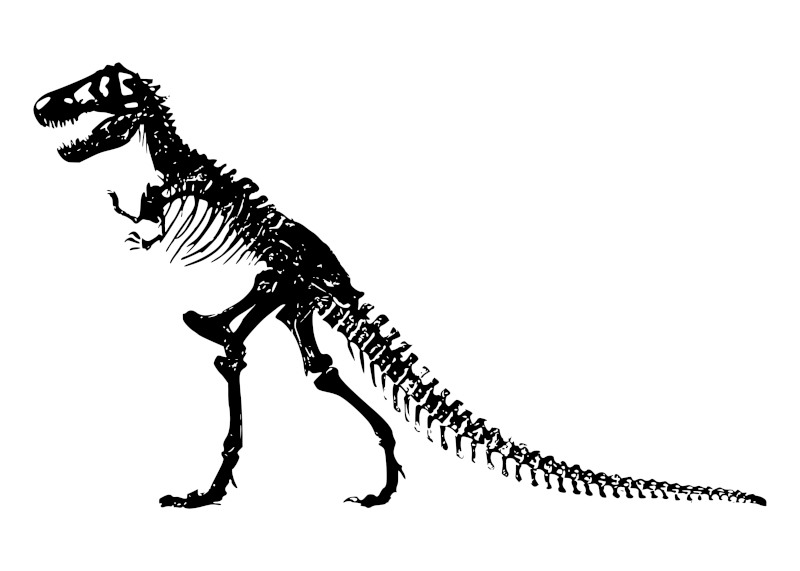 Drawing Dinosaurs and Embracing Ancient Times (public domain image as provided by Rawpixel)
Drawing Dinosaurs and Embracing Ancient Times (public domain image as provided by Rawpixel)
Elephant Drawings for Something a Little Different
Another unusual but interesting choice for your work might be elephants. These memorable creatures have a number of unusual characteristics which make them unique, particularly with their long trunks and thick skin. Children often became enchanted by these creatures when seeing them in a local zoo or safari park and also spot them in children's books fairly regularly. One can take these on from different angles, focusing on detail or reducing them to fun images akin to a video game or children's television programme. Elephants are even sometimes used as characters with voices and human-like features.
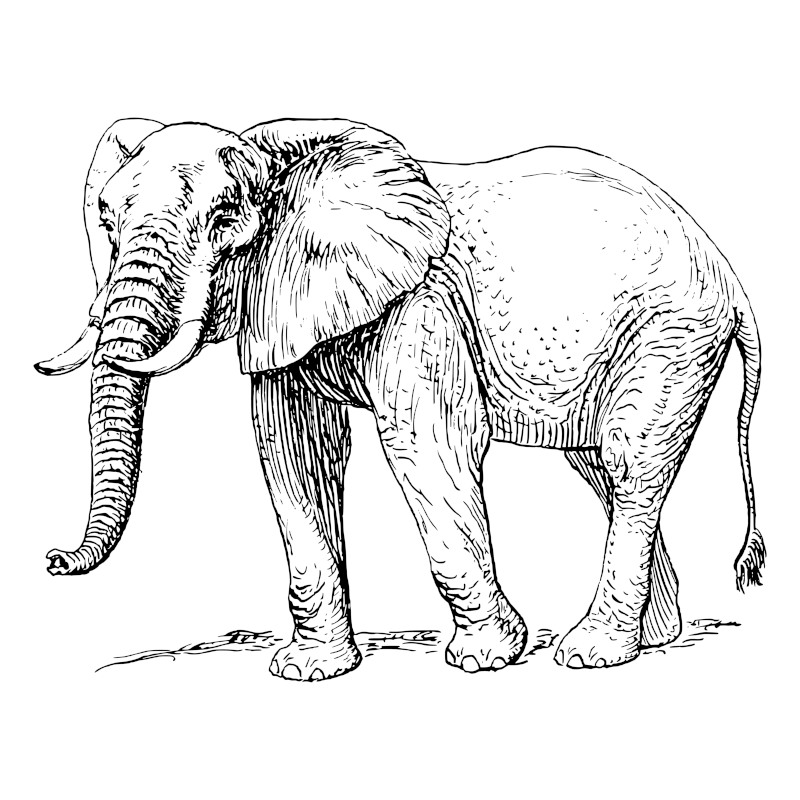 Elephant Drawings for Something a Little Different (public domain image as provided by Rawpixel)
Elephant Drawings for Something a Little Different (public domain image as provided by Rawpixel)
Easy Ideas for Things to Draw
For beginners, it is always best to start simple, using just a few lines. Others can give feedback, and over time your sketches will evolve into more complex creations through the simple process of observation and practice. There are no shortcuts in this regard, even for those with natural talent, but it is worth studying the work of the great masters to understand some of their advanced techniques, once you have made sufficient progress.
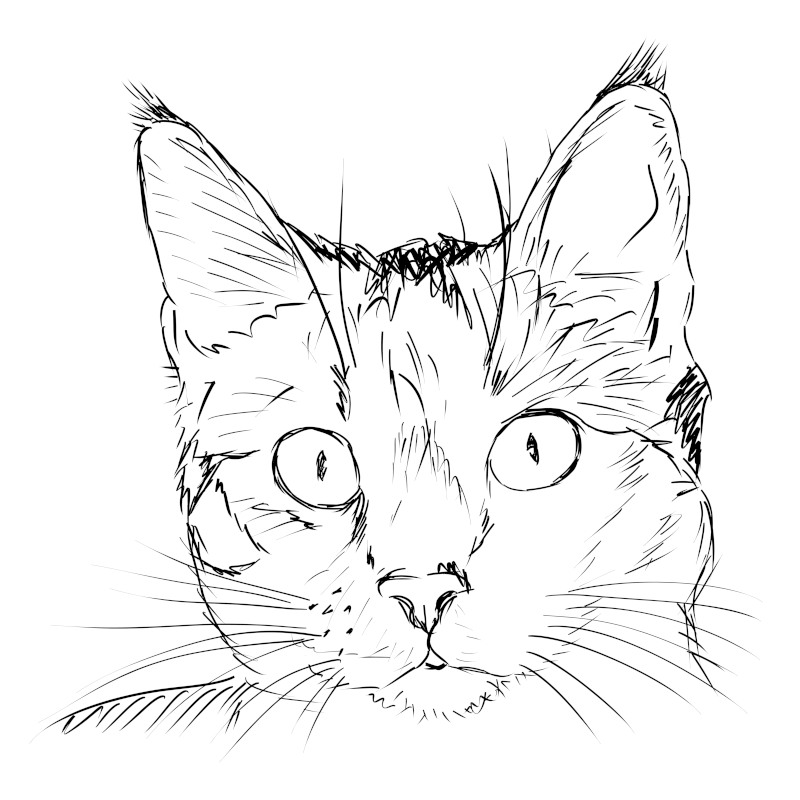 Easy Ideas for Things to Draw (public domain image as provided by Rawpixel)
Easy Ideas for Things to Draw (public domain image as provided by Rawpixel)
Further Ideas for Something you Might Draw
What things do you, yourself, most like? This is a great place to start when looking for things to draw. Some kids, for example, love rockets and space ships and these can be drawn from scratch or by following an original artwork. The rocket below can be kept to minimal detail, even perhaps tracing the original image or get a clear outline. One can then choose to add further detail if we wish, or a splash of color, whatever we like. A simple browse of a catalog, brochure, newspaper or magazine might also bring some ideas to your mind, or perhaps a walk outside in the countryside.
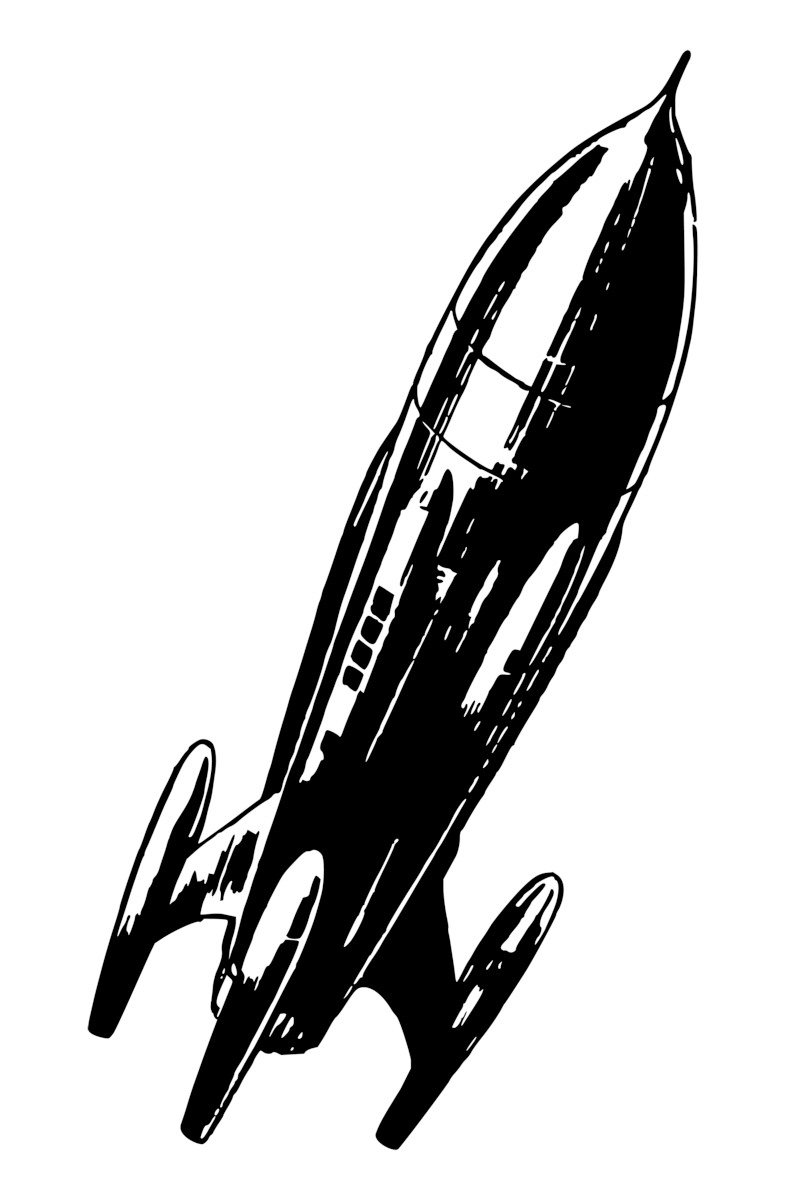 Further Ideas for Something you Might Draw (public domain image as provided by Rawpixel)
Further Ideas for Something you Might Draw (public domain image as provided by Rawpixel)
The Wonderful World of Mushroom Art
Mushrooms are fun items that you may not have thought of as something to draw or paint, but why not? There are different types to pick from, with a variety of shapes and colors to bring into your work. They can easily be drawn at speed, or those with more time can sit and focus on some of their intricate details. One can work in a scientific manner, laying the item down flat and documenting its many features, or we can head out into the natural world and find a group growing in their natural habitat, which for many would make a more interesting artwork. Some also like to use them in modern, abstract work, just as solid shapes or outlines.
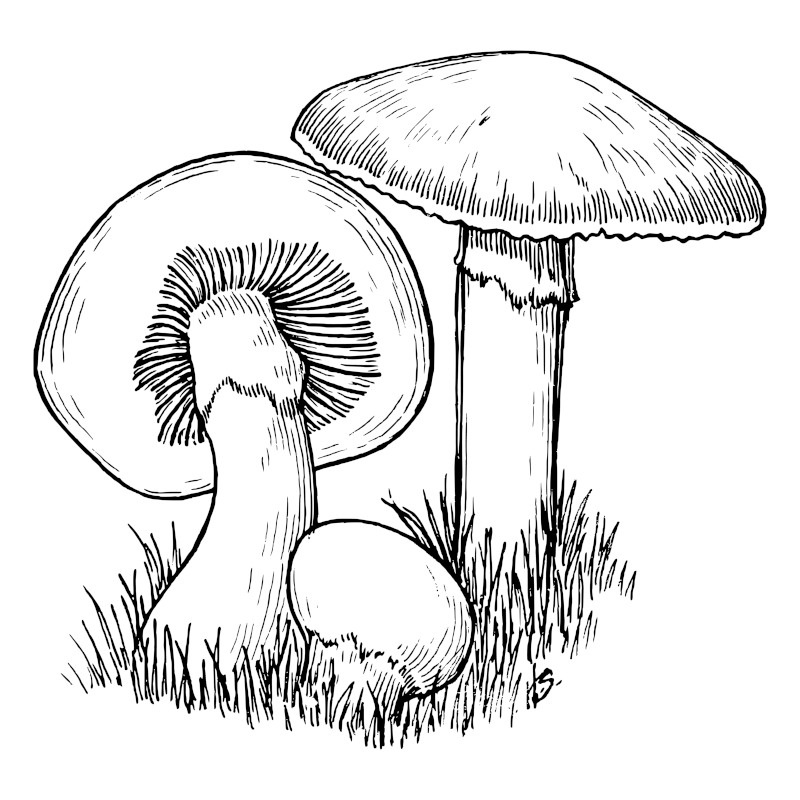 The Wonderful World of Mushroom Art (public domain image as provided by Rawpixel)
The Wonderful World of Mushroom Art (public domain image as provided by Rawpixel)
Dragons make Great Artistic Subjects
Another off-the-wall idea could be to cover dragons in your work. These mythical creatures can be sketches in a variety of ways, either focusing on their considerable strength and danger, or by making them more friendly in appearance and suitable for children. In recent years they have appeared in a number of film and television productions, including animations, and their role in art has changed considerably over the last few centuries. In medieval times they would be used to symbolise bravery for anyone willing to fight against these scary creatures, and in those scenarios artists would instead focus on their menacing characteristics, such as long talons or their ability to breathe fire.
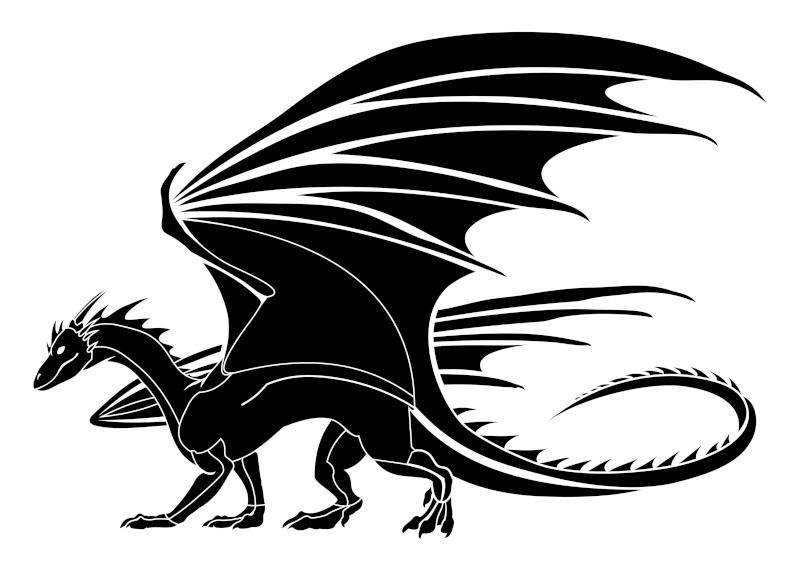 Dragons make Great Artistic Subjects (public domain image as provided by Rawpixel)
Dragons make Great Artistic Subjects (public domain image as provided by Rawpixel)
Cats and Art Continue to Inspire Us All
This beautiful drawing shows how charming a cat drawing can be, although this piece is delivered to a very high standard that young sketchers would find hard to achieve. They would be better keeping things simple at the start, before working in more detail as their abilities improve. Observation and practice are the biggest aid to your work, and even the great masters such as Michelangelo, Raphael and Leonardo would require repetitive work to hone their talents as draughtsmen, and the rest of us are no different in that regard. Those looking to sell their art should also consider that cat and dog art is particularly of interest to the mainstream, and therefore easier to sell when done well.
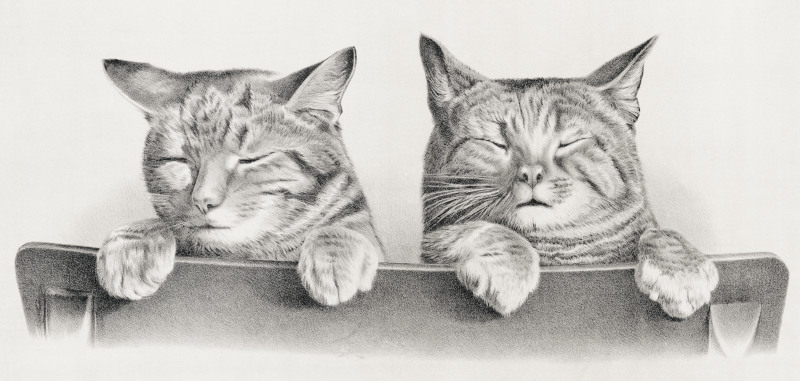 Cats and Art Continue to Inspire Us All (public domain image as provided by Rawpixel)
Cats and Art Continue to Inspire Us All (public domain image as provided by Rawpixel)
Using your own pets for Inspiration
Anything that you cherish within your own life could easily be used as inspiration for art. You will naturally add some of your own emotions into the work, and this can be used for pets, such as cats and dogs, as well as family members, your own home, or even something like your first car. The dog featured here is a vintage artwork of a German Shepherd, and this remains one of the most popular dog choices. Portraits can capture their character, which will be easier to portray when the pet is your own and you are already particularly familiar with it.
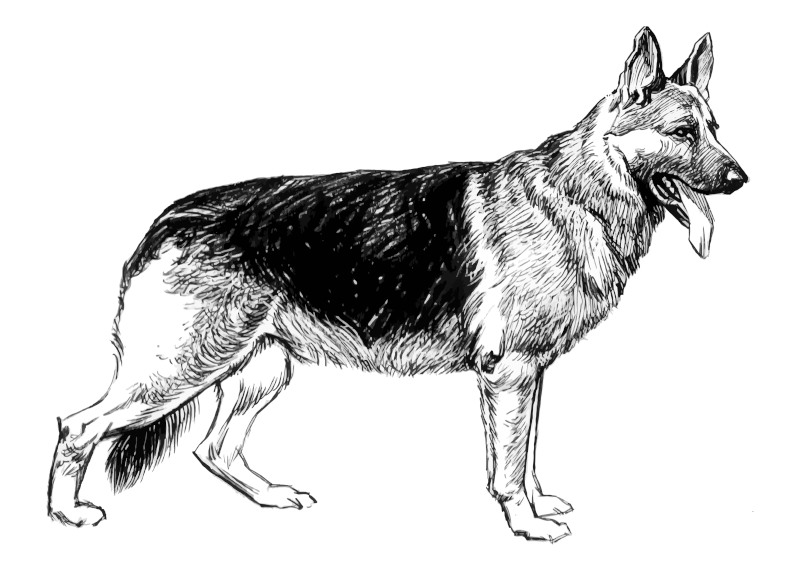 Using your own pets for Inspiration (public domain image as provided by Rawpixel)
Using your own pets for Inspiration (public domain image as provided by Rawpixel)
Where to Look for Drawing Inspiration: 10 Unexpected Sources
We have found some unusual choices for things that you might draw for those short on inspiration. Geometric and mathematical patterns can produce all manner of contemporary art results. You might also consider visiting junkyards, or cheap antique stores in which weird and wonderful items can always be discovered, giving your work a true uniqueness. Alternatively, the microscopic world can deliver abstract patterns, with the original context lost. Alternatively, how about reflections and distortions, similar to the room of mirrors that once existed at the fairground. This can be used to bring expressive forms to your work, in a similar manner to artists from the early 20th century.
Unearthing Hidden Gems: Drawing the Unconventional
The strange and bizarre can be a constant source of inspiration for many artists. Quirky characters or unusual creatures can often be overlooked, but their uniqueness can bring aesthetic interest to an artist. Indeed, the natural world has near infinite variations and so it is hard to run out of ideas for those drawing frogs, lions, flowers and more. One can also look to their natural habitats for further inspiration, as well as the changing environments, such as the seasons, and how they impact different elements found living there.
Those with simple sketchpads can take risks, drawing all manner of different things and where the result is not satisfactory, simply move on to the next topic, turning a new page in your pad. Other mediums require a greater commitment, particularly an oil painting, for example, and any mistakes will be harder to amend too. Fast work is suited to experimental art, where any good discoveries could be worked on at a later date, whilst unsuccessful pieces can be moved on from very quickly.
Indoor Adventures: Everyday Objects Worth Sketching
Even within your own home you will find plenty of items that could be used as inspiration for your work. These can be experiemented with compositional methods, colors, angles and also the use of lighting and shade to bring endless opportunities to your work which widen your scope in the long term. There is also something charming about focusing on the everyday, and it is something that we can all connect with, and those with impressive skills of observation will always be able to spot something of interest, even in the seemingly mundane.
Drawing the Past: Historical and Vintage Inspirations
By diving into the past, many new ideas for what to draw can appear very quickly. Vintage art often has a real charm about it, reminding us of a society which was simpler, and perhaps more healthy than what we experience today. Others will be attracted to specific elements from the past, such as its fashion or architecture. Some might appreciate vintage jewelry, and potentially construct some still life scenes from which they can work directly. There are also some who have used old newspapers for inspiration, drawing elements of them or even collaging elements directly into their own work.
There might also be figures from the past who give you particular inspiration, and portraits of them could be sketched from or adapted into your own work. Consider perhaps an activist or politician, a sports star, singer or fellow artist, most of us have someone who impresses us with their historical achievements and this can be enough to inspire us to produce portraits of them, be it as a simple pencil sketch, or a more complex watercolor, acrylic or oil painting.
Dreams and Fantasy: Drawing from Your Imagination
The largest source for ideas is your own mind, and many artists will work from their imagination when unsure of what to draw. There are techniques and tips which can help you to make the most of your imagination, such as finding a suitable environment from which to work from. The Surrealist artists showed what can be achieved by delving into the depths of your mind, and there is no reason why you cannot do exactly the same yourself. By sketching freely, you can encourage your mind to wander, and then work from what ever apepars in your conscious mind.
Another good way of triggering your creativity is to experiment with different mediums and tools, and so just sticking to a single pencil or pen, for example. The practice of trying out new alternatives may trigger new ideas for your work, even if your skills are not developed at that point. Taking yourself out of your normal environment to somewhere quiet and relaxed can also help to trigger new ideas.
Cultural Inspirations: Drawing from Different Traditions
In order to find new ideas for things to draw, it may be advisable to look outside the boundaries of your own culture, and discover new things from elsewhere. When combining all corners of the globe, with historical art through the ages, we will have many more elements of inspiration to draw upon. As just a few examples, you might focus on traditional Japanese art, where woodblock prints relied on pen and ink skills. These artworks can give you alternative ideas on composition and color, as well as new landscapes, buildings and much more.
African art might also give you new ideas, with their abstract approach with new methods of portraiture which would have inspired European art of the 20th century. Moving on from that, you might also look through Latin American art, and their focus on the working poor, which again later appeared within European art through the Realism movement, or alternatively the historical work from our own cultures, in which other exciting ideas may well be found.



